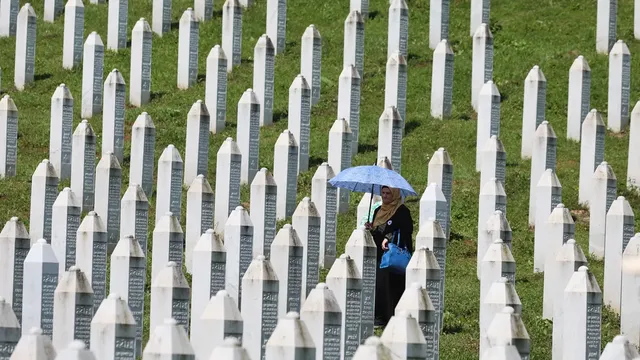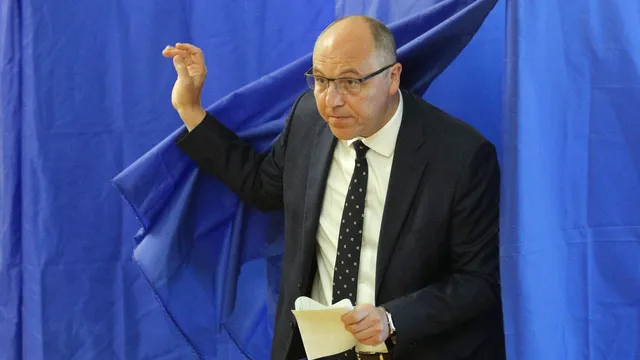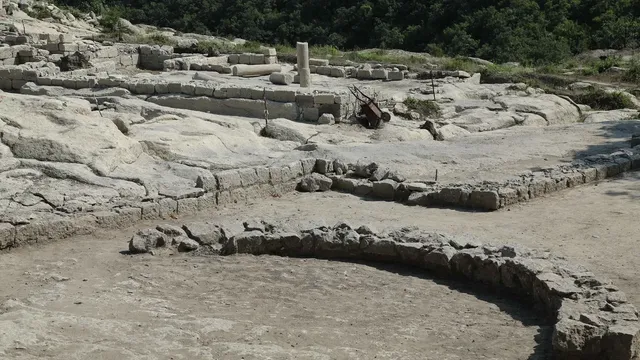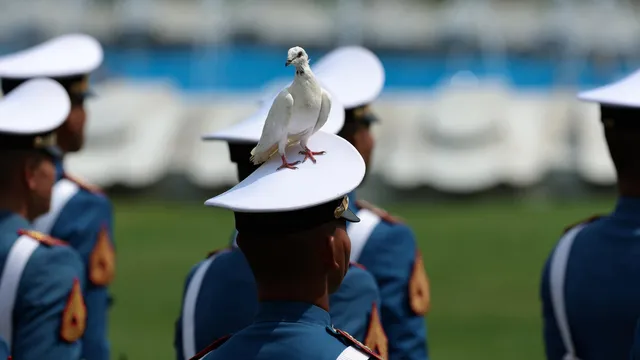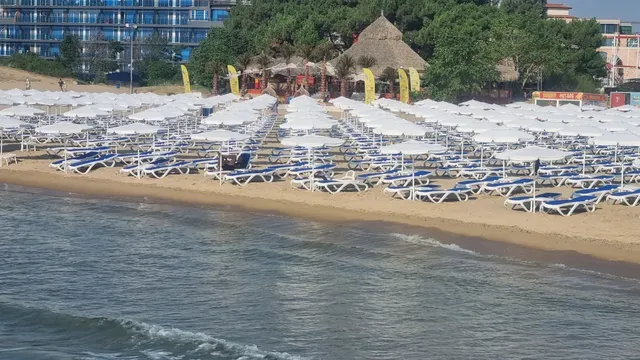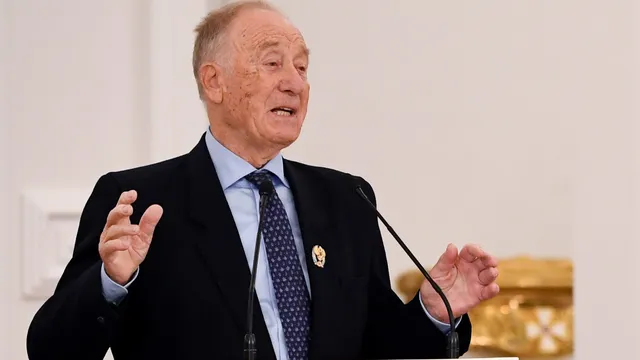More than 100,000 people are expected to attend the commemoration of the 30th anniversary of the genocide in Srebrenica, committed by Serbian forces in 1995.
Five newly identified victims will be buried. The traditional "March of Peace" will also take place.
BGNES reminds that in the early 1990s, former Yugoslav dictator Slobodan Milosevic, whose propaganda minister was current Serbian president Aleksandar Vucic, launched devastating wars in Croatia, Bosnia and Herzegovina, and Kosovo. Hundreds of thousands were driven from their homes.
In July 1995, within a few days, over 8,000 Muslim men and boys were slaughtered or shot by Serbian forces who had taken over Srebrenica, which was supposed to be a UN "safe zone" guarded by Dutch peacekeepers.
On May 23, 2024, the UN General Assembly adopted a resolution establishing July 11 as an international day of commemoration for the victims of the genocide. The resolution was sponsored by Germany and Rwanda. Bulgaria was a co-sponsor of the resolution.
---
During the war in Bosnia and Herzegovina (BiH) (1992–1995), tens of thousands of Bosniaks from the surrounding areas, fleeing attacks by Bosnian Serb forces against their towns and villages, sought refuge in Srebrenica.
For three years, Bosnian Serb forces besieged the enclave and shelled it. They controlled access roads and prevented international humanitarian aid such as food and medicine from reaching the enclave.
People camped in the stairwells and corridors of residential buildings, in cars, and in public buildings such as the school and sports center, while others had no shelter at all and huddled outside in temperatures that dropped to -25 °C at night during the winter.
In April 1993, when the town was under tank and artillery fire from the Serbs, the UN Security Council adopted Resolution 819, declaring Srebrenica a "safe area."
Two years later, on July 11, the Bosnian Serb army, led by General Radko Mladic, captured Srebrenica, causing tens of thousands of refugees to flee to the Dutch forces' compound in Potocari on the outskirts of the town.
The peacekeepers withdrew ingloriously to the UN base, along with thousands of refugees, mostly women and children.
Insisting that the Muslim population of Srebrenica surrender, Mladić promised that those who laid down their arms and submitted would be spared.
"Allah cannot save you, but Mladic can," said the war criminal convicted in The Hague Ibrahim Nuhovic, a Muslim civilian interpreter, during a meeting a few hours before the massacre, which was recorded on video.
The next few days saw systematic extermination by Bosnian Serbs. The bodies of the victims were thrown into mass graves. Later, the Serbs dug up many of them and reburied them to hide the traces.
The bones of those killed in the following years were found kilometers apart. | BGNES

 Breaking news
Breaking news
 Europe
Europe
 Bulgaria
Bulgaria
